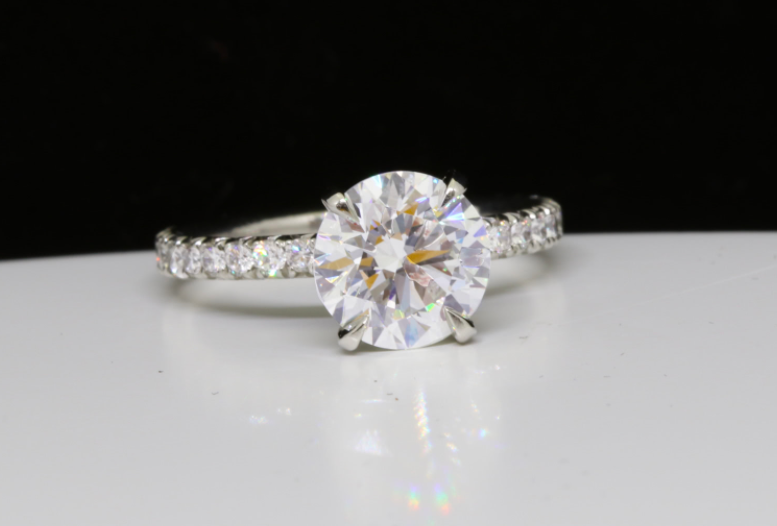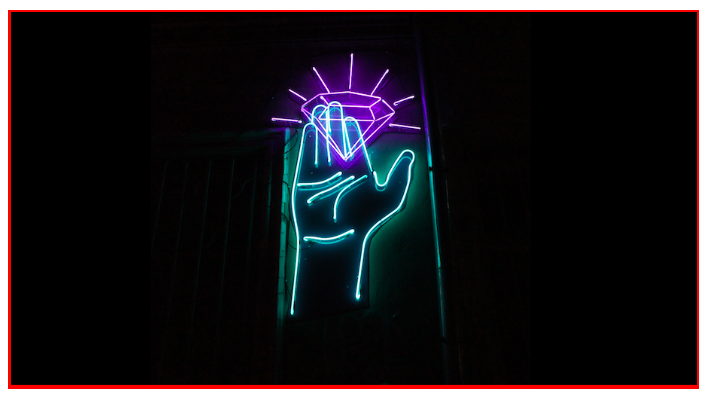
Come Visit Us
- Monday 10:00am – 6:00pm
- Tuesday 10:00am – 7:00pm
- Wednesday 10:00am – 7:00pm
- Thursday 10:00am – 7:00pm
- Friday 10:00am – 7:00pm
- Saturday 10:00am – 4:00pm
- Sunday closed

Last week I came across aNY Times articlethat breaks down the elements that actually make a diamond. This short article got me thinking about the difference between man made vs. naturally occurring diamonds, and the confusion around both. Below I’ve shared my thoughts on this.
A man made or lab made diamond is omitting the timelessness and everlasting value a naturally occurring diamond possesses. It takes away the precious scarcity and value that has made today’s diamonds so popular and desired. Although to the naked eye, these so-called diamonds may look similar, they are quite fake and unfortunately do not hold their value. Also, rarely talked about is the fact that these man made “diamonds” actually give off a blue hue.
Imagine years later passing down a lab made stone...one that no longer holds its value due to how common it is to create. Now imagine passing down a family heirloom diamond, one that no matter how old or dusty it becomes, remains timeless. A prized treasure for generations to come. It’s the scarcity and naturally occurring timeless beauty you are purchasing when you seek out a precious diamond gem.
As this article states, “Just as one cannot compare an original painting to a reproduction, one cannot compare a diamond to a manufactured replica”. In order to be called a diamond it must be naturally occurring.
Trends around diamond shape, diamond settings, and gem color may come and go, but the beauty that is of a true diamond is everlasting.
Have questions or comments? Share them them below, we’d love to hear from you.
-LB

History has a funny way of repeating itself, and the man-made diamond industry is no exception. If you’re familiar with the simple rules of supply and demand, then you understand that as supply goes up, demand goes down. Applying this same rule to man-made diamonds, you can quickly understand why it will be hard for them to maintain their long term value.
From the Experts
But don’t just take our word for it, on Dec. 21, 2018, a Reutersreport quoted analyst Paul Zimnisky as saying lab diamond prices had softened considerably. Another report fromBain & Co. stated the “Production of lab-grown diamonds has risen dramatically and will continue to do so, though their prices will likely continue to fall.”
This report mentions that “It costs $300–$500 per ct. to produce a CVD lab-grown diamond, compared with $4,000 per ct. in 2008, and calculates that the retail price of gem-quality lab-grown diamonds has fallen by about half in the past two years, while wholesale prices have fallen threefold. It forecasts that trend will continue as efficiencies increase, new competitors enter the market, and the product gets “commoditized.”
As the manufacturing technology for these lab-made diamonds improves, the stones’ prices will decrease. One jeweler remembers when cubic zirconia was $800 per ct. Created gems are, like created diamonds, chemically the same as their mined counterparts. But their values are very different. Unlike the earth, which has a limited supply of diamonds, factories can mass-produce these stones, and that will drive prices down in the long run. (JCK)
Held to the Same Standards
If these man-man diamond resellers are selling their goods as diamonds, or, put another way, if man-made diamonds we’re true diamonds, then they should: (JCK)
But What About the Environment?
There is a common misconception that lab made diamonds are more eco-friendly. You see in order for a lab made diamonds to be created, it actually involves more chemicals and electricity consumption and is worse for the environment than those that are naturally occurring. Not to mention unregulated laborers. This topic rarely touches on the other side- the communities in Africa that heavily rely on the diamond business for their wellbeing - it is often their family business. “Tens of millions of people rely on the diamond industry for income, among them the poorest people on earth trying to make an honest living. There are an estimated 1.5 million artisanal miners digging for diamonds in Africa, and they support another 7 million people with their earnings. Advocating synthetics as an ethical substitute for natural diamonds threatens the livelihood of those diggers.” (Rapaport)
Ethically Sourced Only
At La Bijouterie, we never work with conflict diamonds. We strictly work with ethically sourced GIA certified diamonds, and you will receive a GIA certificate and appraisal with your jewel. We’ve worked in the diamond wholesale business for generations and only work with trusted and ethical sources.
If you are against buying diamonds, or perhaps a diamond is simply not in your repertoire of jewelry taste, then you may enjoy looking at a sapphire, emerald, ruby, or other colored diamond gems. We are happy to walk you through our selection of precious stones to help you find the one that speaks to you.
Closing Thoughts
At La Bijouterie, it has always been our primary goal to help customers start their journey to marriage with a wise diamond purchase- creating a tangible symbol of their love, and a ring that makes sense financially. After generations in the diamond business, one thing is certain. If we cared more about our profit margins than our customers and our integrity, we would sell man-made diamonds, as the sell price to actual cost ratio is much greater than the profit made on the sale of a diamond. But this is not what our company values or what we’ve based our business model on, especially since we know a man-made diamond does not hold its value. As your personal jeweler, this is not a financial decision we would advise upon. Let it be known that we are not against man-made diamonds, but instead, are against their value, (or lack thereof). Read more about this topic.
Only a natural diamond has the rarity that supports its economic and emotional value. Consumers use diamonds as a symbol of love for that very reason. We all want to feel special, unique and rare, especially in our relationships, and a diamond communicates that message. (Rapaport)
~ LB

Thank you for visiting La Bijouterie...
Don't forget to read our latest Blog entry
or this interesting blog post!